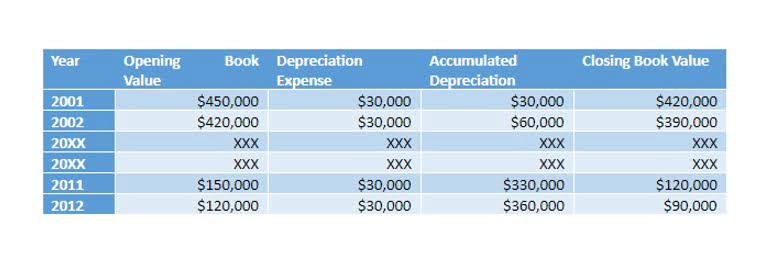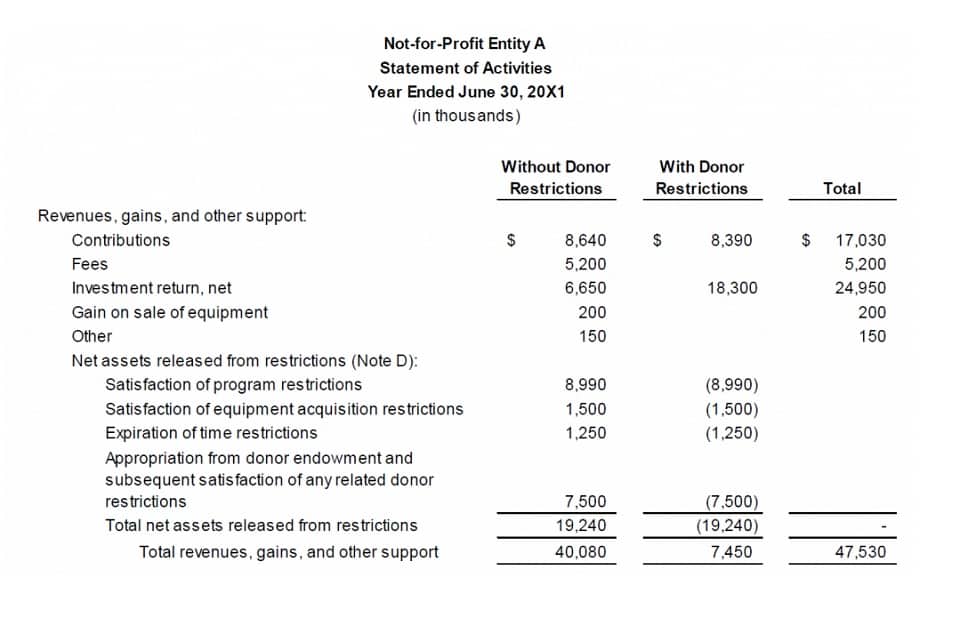
What is Posting in Accounting? Definition, Steps, & Examples

When all entries are posted from the journal to the ledger, you get the desired information. Therefore, the journal is the original book https://www.bookstime.com/ of entry while the ledger is the final book of entry because it gives us the final position of accounts. As previously mentioned, the first step in the accounting cycle is the collection of the source document, and the second step is recording the journal entries.
Difference Between Fundamental Analysis and Technical Analysis

Thomas Richard Suozzi (born August 31, 1962) is an accomplished U.S. politician and certified public accountant with extensive experience in public service and financial management. He is known for his pragmatic approach to fiscal policy and governance. My Accounting Course is a world-class educational resource developed by experts to simplify accounting, finance, & investment analysis topics, so students and professionals can posting definition in accounting learn and propel their careers. Shaun Conrad is a Certified Public Accountant and CPA exam expert with a passion for teaching.

Which of these is most important for your financial advisor to have?

Yes, posting must follow Generally Accepted Accounting Principles (GAAP). Following these principles builds trust in a company’s financial health. The final step in the posting process is to check for mathematical and data transfer errors. Accounting software packages may reduce these errors through automation, but verifying the numbers is a prudent step that prevents errors from propagating to the financial statements. The recording of debits or credits is the next step in the posting process. But where more than two accounts are involved in one single transaction and there is only one journal entry made, it is said to be a compound entry.
Importance of Timely Posting

Posting has been eliminated in some accounting systems, where subledgers are not used. Instead, all information is directly stored in the accounts listed in the general ledger. This is not the case in legacy accounting systems, where they were originally designed to have subledgers. To eliminate posting, a legacy accounting system would need to be completely redesigned. Consequently, a good way to determine the age of a proposed accounting system is to ask the vendor if it still uses posting. Credits increase balance sheet liability accounts, shareholders’ equity accounts and sales accounts.

Such omissions can lead to incomplete financial records, making it difficult to reconcile accounts and prepare accurate financial statements. Regular audits and reconciliations can help identify and rectify these omissions, ensuring that all transactions are accounted for. The process begins with identifying the accounts affected by a transaction.
- For instance, recording $1,234 as $1,243 can lead to discrepancies that are hard to trace.
- The debit part comes first, i.e., at the left-hand side and the credit part comes later which is at the right-hand side.
- The general ledger for each period is to be maintained separately to avoid double balancing or mess in the accounts.
- It is very helpful and useful in large organizations, as keeping track of the balance becomes very easy.
- Our goal is to deliver the most understandable and comprehensive explanations of financial topics using simple writing complemented by helpful graphics and animation videos.
Post-Closing Trial Balance
After events are identified, they can be record in the general journal with a journal entry. These entries record the transaction’s effect on the accounting question in the accounting system. Financial reporting’s integrity is crucial for corporate trust and responsibility. It helps produce financial statements showing a company’s real https://x.com/BooksTimeInc situation. Companies must follow GAAP and meet deadlines from the IRS, SEC, and FASB.
This way we can total each account and keep track of it’s balance at all time during the year. The general ledger in accounting is a master record that contains all the financial accounts of a company. It is used to record and track all financial transactions, including assets, liabilities, equity, revenues, and expenses. The general ledger provides a complete and organized overview of a company’s financial activity, making it easier to prepare financial statements and analyze the company’s financial health. As business transactions occur during the year, they are recorded by the bookkeeper with journal entries.
For information pertaining to the registration status of 11 Financial, please contact the state securities regulators for those states in which 11 Financial maintains a registration filing. For the past 52 years, Harold Averkamp (CPA, MBA) hasworked as an accounting supervisor, manager, consultant, university instructor, and innovator in teaching accounting online. For the past 52 years, Harold Averkamp (CPA, MBA) has worked as an accounting supervisor, manager, consultant, university instructor, and innovator in teaching accounting online.
This method provides a comprehensive view of a company’s financial health by maintaining a balance between debits and credits. When a transaction occurs, it is recorded in the journal with both a debit and a credit entry, reflecting the dual impact on the financial statements. This duality is crucial for maintaining the integrity of financial data, as it helps in detecting errors and preventing fraud. Posting in accounting involves transferring entries from the journal to the ledger. This process is fundamental to maintaining organized and accurate financial records. Each journal entry, which initially records a transaction, must be systematically posted to the appropriate ledger accounts.